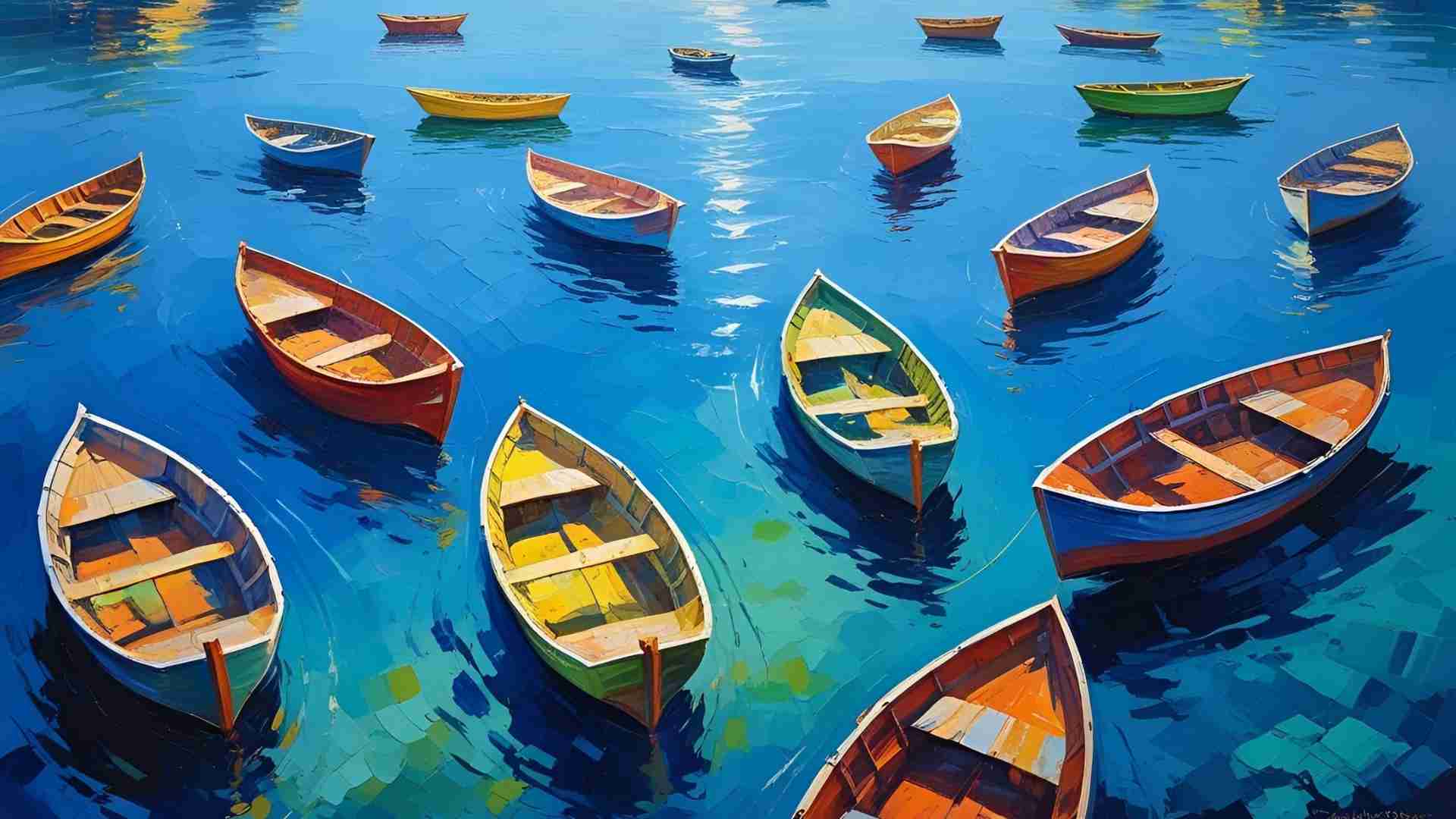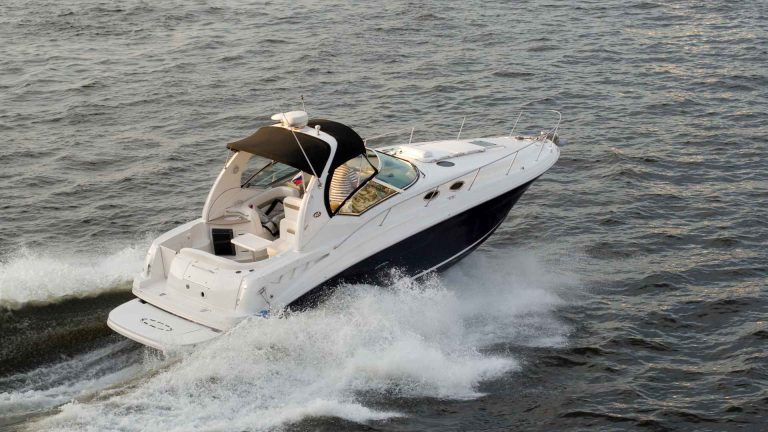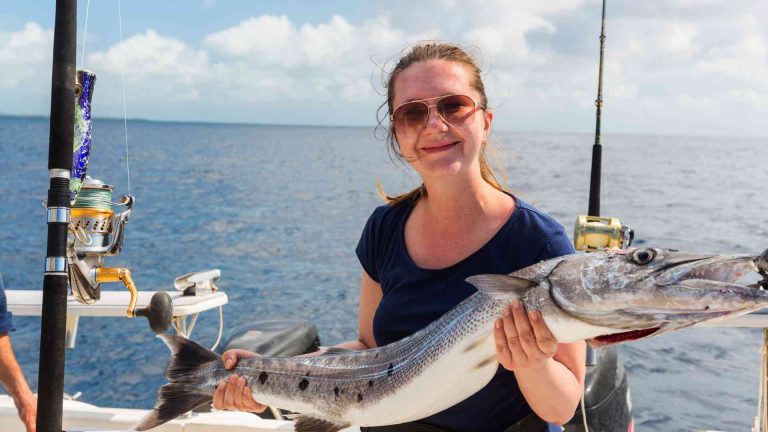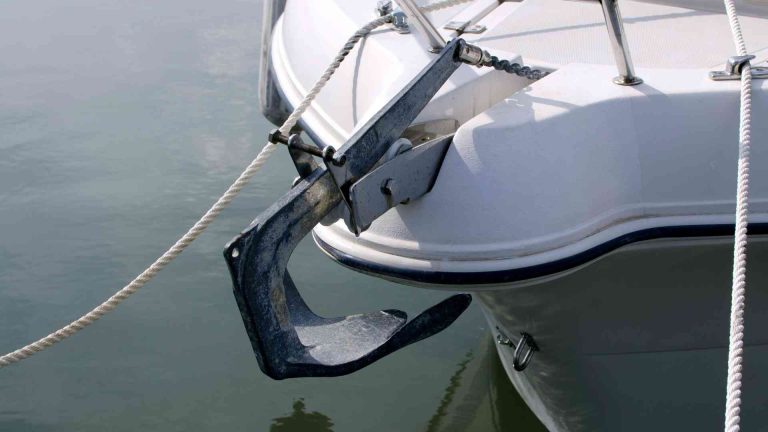Types of Boats: From Sailboats to Speedboats
Explore the diverse world of boats, from sailboats to speedboats, with detailed types, features, uses, and costs for enthusiasts and beginners.
Boating offers a unique blend of adventure, relaxation, and exploration, with vessels ranging from simple canoes to luxurious megayachts. Understanding the various types of boats is essential for anyone looking to buy, rent, or simply explore the world of boating. This comprehensive guide dives into the primary categories—unpowered boats, sailboats, and motorboats—detailing their subtypes, characteristics, uses, and costs. Whether you’re a seasoned sailor or a curious beginner, this article will help you navigate the diverse options available and find the perfect boat for your needs.
Understanding Boat Categories
Boats are broadly classified into three main types based on their propulsion: unpowered, sailboats, and motorboats (or powerboats). Each category serves distinct purposes, from leisurely paddling to high-speed cruising or long-distance voyages. Below, we explore these categories and their subtypes, focusing on their design, functionality, and typical applications.
Unpowered Boats: Human-Powered Simplicity
Unpowered boats rely on human effort, typically through paddles or oars, making them ideal for intimate, low-cost water experiences. These boats are often lightweight, portable, and perfect for calm waters like lakes and rivers.
- Canoes: Narrow, lightweight boats propelled by paddles, canoes are designed for one or two people. They excel in calm rivers and lakes, offering a peaceful way to explore nature. Canoes typically cost $500–$2,000 to purchase or $20–$50 per day to rent.
- Kayaks: Similar to canoes but with a covered deck, kayaks are agile and suited for solo or tandem paddling. They’re popular for recreational paddling, fishing, and even whitewater adventures. Prices range from $300–$3,000 for purchase or $30–$70 per day for rentals.
- Rowboats: Small, open boats powered by oars, rowboats are sturdy and ideal for fishing or leisurely outings. They accommodate two to four people and cost $1,000–$5,000 to buy or $15–$40 per hour to rent.
- Rafts: Inflatable or wooden platforms, rafts are used for group activities like whitewater rafting or transporting cargo. They can carry multiple people and cost $500–$10,000 to purchase or $50–$150 per day to rent.
Unpowered boats are perfect for budget-conscious adventurers or those seeking a hands-on experience. Their simplicity makes them accessible, but they require physical effort and are best suited for sheltered waters.
Sailboats: Harnessing the Wind
Sailboats use wind power, captured by sails mounted on masts, to propel the vessel. They range from small dinghies to luxurious yachts, offering a sustainable and exhilarating way to navigate. Sailboats vary by hull design (monohull, catamaran, trimaran) and rigging (sloop, ketch, etc.), each suited to specific conditions and purposes.
Types of Sailboats
- Monohulls: Traditional single-hull sailboats, known for their classic design and versatility. They’re ideal for coastal cruising and racing, with prices ranging from $5,000 for small dinghies to $500,000+ for larger models. Rentals cost $200–$400 per day for smaller boats or $5,000–$50,000 per week for yachts.
- Catamarans: Featuring two hulls, catamarans offer stability and speed, making them popular for cruising and chartering. They cost $20,000–$1 million to buy or $500–$2,000 per day to rent.
- Trimarans: With three hulls, trimarans provide exceptional stability and are used for racing or long voyages. Prices range from $30,000–$2 million, with rentals at $600–$3,000 per day.
- Sloops: The most common sailboat, with one mast and two sails (mainsail and headsail). They’re fast, easy to handle, and cost $10,000–$200,000 to purchase or $200–$600 per day to rent.
- Ketches: Featuring two masts, ketches are suited for long-distance cruising due to their sail versatility. They cost $20,000–$500,000 to buy or $300–$1,500 per day to rent.
- Cutters: With a single mast and multiple headsails, cutters are designed for speed and maneuverability. They range from $15,000–$300,000 to purchase or $250–$1,000 per day to rent.
- Cats: Small, single-mast sailboats with simple rigging, ideal for day sailing. They cost $5,000–$50,000 to buy or $100–$300 per day to rent.
- Schooners: Multi-masted sailboats with historical charm, used for cruising or charters. They range from $50,000–$1 million to purchase or $1,000–$5,000 per day to rent.
Hull and Keel Designs
Sailboat performance depends on hull and keel types. Monohulls are stable and traditional, while catamarans and trimarans offer speed and balance. Keels, which prevent sideways drift, include:
- Full-Length Keels: Provide stability in rough waters, ideal for cruising.
- Fin Keels: Shorter and shark-fin-shaped, used in racing for speed.
- Wing Keels: Reduce drag with horizontal “wings,” but can get stuck in shallow waters.
- Bilge Keels: Twin keels for shallow-water stability.
- Centerboards/Daggerboards: Retractable keels for shallow waters and maneuverability.
Chart: Sailboat Rigging Types

Sailboats appeal to those who value skill, tradition, and eco-friendly travel. They require knowledge of wind and navigation but offer unmatched freedom on the water.
Motorboats: Power and Performance
Motorboats, or powerboats, use engines for propulsion, offering speed and convenience. They range from small personal watercraft to massive yachts, catering to diverse activities like fishing, watersports, and cruising.
Key Motorboat Types
| Boat Type | Description | Typical Use | Price (Purchase) | Rental Cost | Capacity |
|---|---|---|---|---|---|
| Pontoon Boats | Flat-bottomed with pontoons for buoyancy, ideal for leisurely cruises. | Family outings, parties | $15,000–$100,000 | $100–$500/hour | 8–16 people |
| Bowrider Boats | Open bow seating, great for watersports and day trips. | Watersports, cruising | $20,000–$150,000 | $150–$1,000/2–8 hours | 4–10 people |
| Deck Boats | Wide deck with ample seating, perfect for group activities. | Cruising, watersports | $25,000–$200,000 | $140–$600/hour | 12–16 people |
| Center Console Boats | Central helm with 360-degree access, designed for fishing and versatility. | Fishing, cruising | $20,000–$500,000 | $200–$800/hour | 4–10 people |
| Bass Boats | Narrow, deep hulls with powerful engines for freshwater fishing. | Fishing | $15,000–$80,000 | $75–$250/hour | 2–6 people |
| Houseboats | Floating homes with living accommodations, ideal for extended stays. | Liveaboard, vacation | $50,000–$500,000 | $500–$2,000/day | 6–12 people |
| Personal Watercraft (PWC) | Single-rider, jet-powered vehicles like jet skis. | Recreational, thrill-seeking | $5,000–$20,000 | $50–$150/hour | 1–3 people |
| Jon Boats | Flat-bottomed boats for fishing or hunting in shallow waters. | Fishing, hunting | $1,000–$15,000 | $15–$45/hour | 2–4 people |
| Cuddy Cabin Boats | Small cabin for day cruising or overnight stays. | Cruising, overnight trips | $20,000–$150,000 | $100–$500/hour | 2–8 people |
Specialty Motorboats
- Wake Boats: Designed to create large wakes for wakeboarding, costing $50,000–$200,000 or $200–$600/hour to rent.
- Jet Boats: Powered by jet propulsion for shallow waters, priced at $20,000–$100,000 or $100–$400/hour to rent.
- Trawlers: Fuel-efficient for long-distance cruising, costing $100,000–$2 million or $1,000–$5,000/day to rent.
- Megayachts: Luxurious vessels over 100 feet, priced at $1 million–$100 million or $10,000–$100,000/day to rent.
Motorboats are ideal for those seeking speed, ease, and versatility. They require less skill than sailboats but involve higher fuel and maintenance costs.
Boat Classifications and Standards
Boats are classified by size and seaworthiness, impacting their use and safety requirements. In the U.S., boats are divided into classes based on length:
| Class | Length | Typical Use |
|---|---|---|
| Class A | < 16 feet | Small lakes, rivers |
| Class 1 | 16 to < 26 feet | Coastal waters, larger lakes |
| Class 2 | 26 to < 40 feet | Offshore cruising, fishing |
| Class 3 | 40 to < 65 feet | Long-distance cruising, yachting |
| SRV | 65 feet, < 300 tons | Research, expedition |
In Europe, the Recreational Craft Directive categorizes boats by seaworthiness:
- Category A (Ocean): Designed for winds over 40 knots and waves over 13 feet.
- Category B (Offshore): Handles winds up to 40 knots and 13-foot waves.
- Category C (Inshore): Suited for winds up to 27 knots and 7-foot waves.
- Category D (Sheltered Waters): Built for winds up to 16 knots and 18-inch waves.
These classifications guide boaters in choosing vessels suited to their intended waters, ensuring safety and performance.
Choosing the Right Boat
Selecting a boat depends on your goals, budget, and environment. Here’s a breakdown to help you decide:
- For Leisure and Family Outings: Pontoon or deck boats offer space and comfort for groups, ideal for lakes and calm waters.
- For Fishing: Bass boats, jon boats, or center console boats are designed for specific fishing needs, from freshwater to offshore.
- For Watersports: Bowriders, wake boats, or jet boats provide the speed and wake needed for skiing or wakeboarding.
- For Cruising: Sailboats, trawlers, or cuddy cabins are suited for extended trips, with sailboats offering eco-friendly options.
- For Luxury: Yachts or megayachts provide unparalleled comfort and amenities for high-end experiences.
Consider factors like maintenance, storage, and licensing. For example, sailboats require sailing knowledge, while motorboats need regular engine upkeep. Rentals, available through platforms like Boatsetter, allow you to test different types before committing to a purchase.
Funny Boat Names: Adding Personality
Boats often reflect their owners’ creativity through humorous names. Here are some favorites:
- Unsinkable II: A playful nod to the Titanic, suggesting optimism despite history.
- Zombies Can’t Swim: Perfect for leisurely cruises with a quirky twist.
- Usain Boat: A tribute to speed, inspired by Usain Bolt.
- The Toilet Boat: A cheeky name sure to amuse families and friends.
- Uh-Oh!: A lighthearted take on boating’s unpredictable moments.
These names add character and make your boat memorable on the water.
Conclusion
From unpowered canoes to high-speed motorboats and majestic sailboats, the world of boating offers endless possibilities. Each type serves unique purposes, whether it’s a quiet paddle on a lake, a fishing expedition, or a luxurious cruise across the ocean. By understanding the characteristics, costs, and classifications of boats, you can make an informed choice that aligns with your lifestyle and aspirations. Whether renting or buying, platforms like Boatsetter provide access to a wide range of vessels, letting you explore the water in style. So, set sail, chase your aquatic dreams, and maybe give your boat a name that sparks a laugh or two.
Happy Boating!
Share Types of Boats: From Sailboats to Speedboats with your friends and leave a comment below with your thoughts.
Read Tritoon vs. Pontoon: What’s the Difference? until we meet in the next article.






